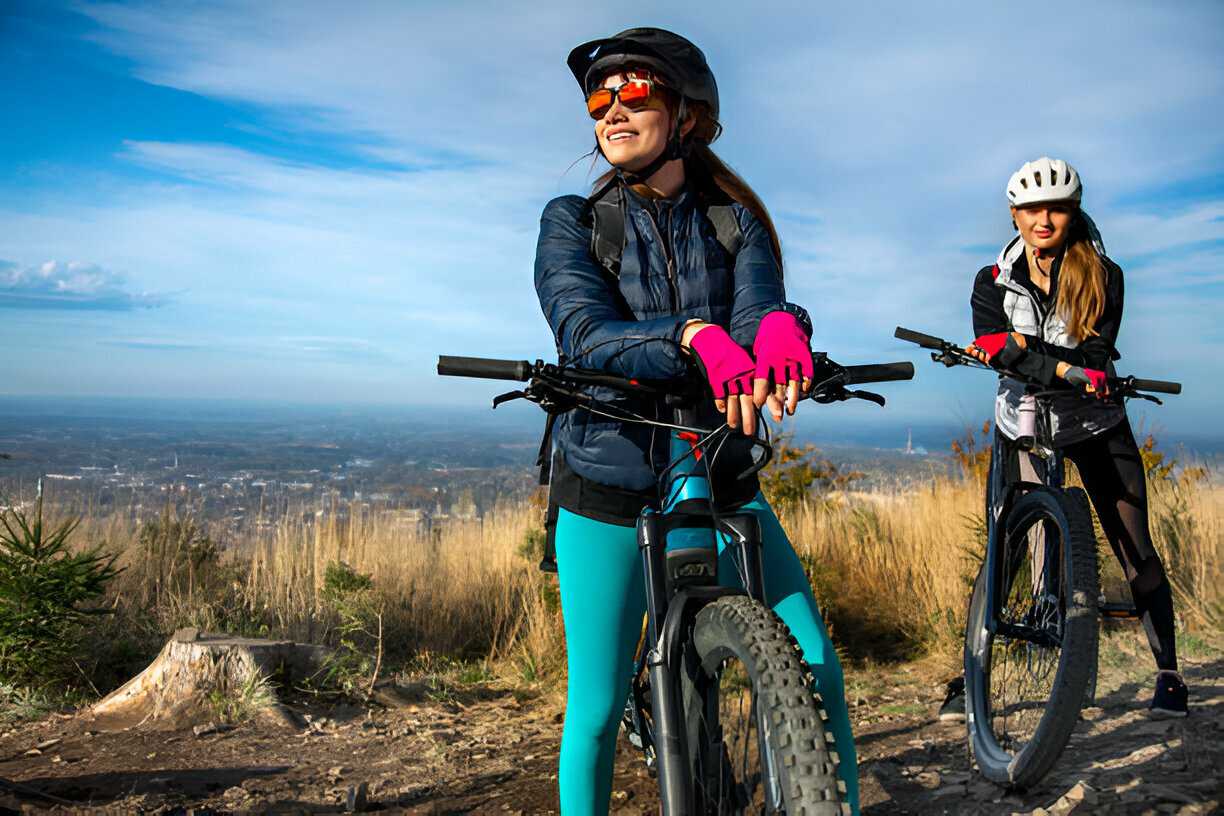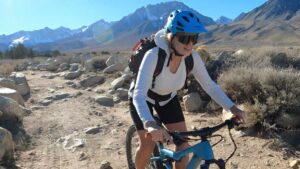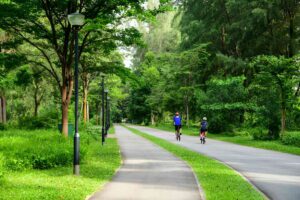Introduction
Welcome to my guide on Beginner Mountain Biking Tips! As a passionate mountain bike rider, I know only too well the thrill yet shyness that one has to beat when beginning. Thus, I came up with these crucial tips that should help you maneuver the trails with ease and courage. Mountain biking is one sport that has really flushed happiness and a new sense of adventure in my life, which I hope I can kindle within you as well. These tips will go a long way to increase your skills and make sure you have a blast, while staying safe. Get ready to ride into an exciting world of mountain biking – headquartered on the trails!
Pick the Right Bike
The first very important aspect for any beginner is the choosing of the right mountain bike. The right bike offers comfort, control, and most importantly, a guarantee of safety on the trails. Thereafter, consider factors like the kind or nature of the terrain you will be riding in and your category of budget, together with the kind of riding you indulge in.
Mountain Bike Types:
- Cross-Country: Designed for smooth trails and long rides. Within this lineup, bikes are lightweight and geared for climbing.
- Trail Bikes: Good on varying terrain, they hit a balance between climbing efficiency and descending control.
- Enduro/All-Mountain: These are beefier and with more suspension, to withstand rough terrain and steep descents.
Key Features to Look Out for:
- Frame Material: Aluminum provides a great value, with affordability and durability, whereas carbon fiber, with its durability, gives lightweight performance and an increased price tag.
- Suspension Type: Perfect for off-road riding on less technical trails, a hardtail bike features only front suspension. Full-suspension bicycles come with front and rear suspension, ensuring comfort and control on the grip end of rough and raise tracks.
Fitting and Adjustments:
- Appropriate Sizing: Ensure the right size of bike is used according to your height, i.e., leg length. A well-sized bike gives maximum control on the vehicle and decreases injury.
- Height and Position of Saddle: Make sure that the saddle height and position are right in order to be able to pedal efficiently and also feel comfortable with it. One might participate in a professional bike-fit session to get optimized for one’s settings on the bike.
Safety Gear Investment
First and foremost, safety. The better the quality of your gear, the safer it will be for you out on the trails, and it will boost your confidence.
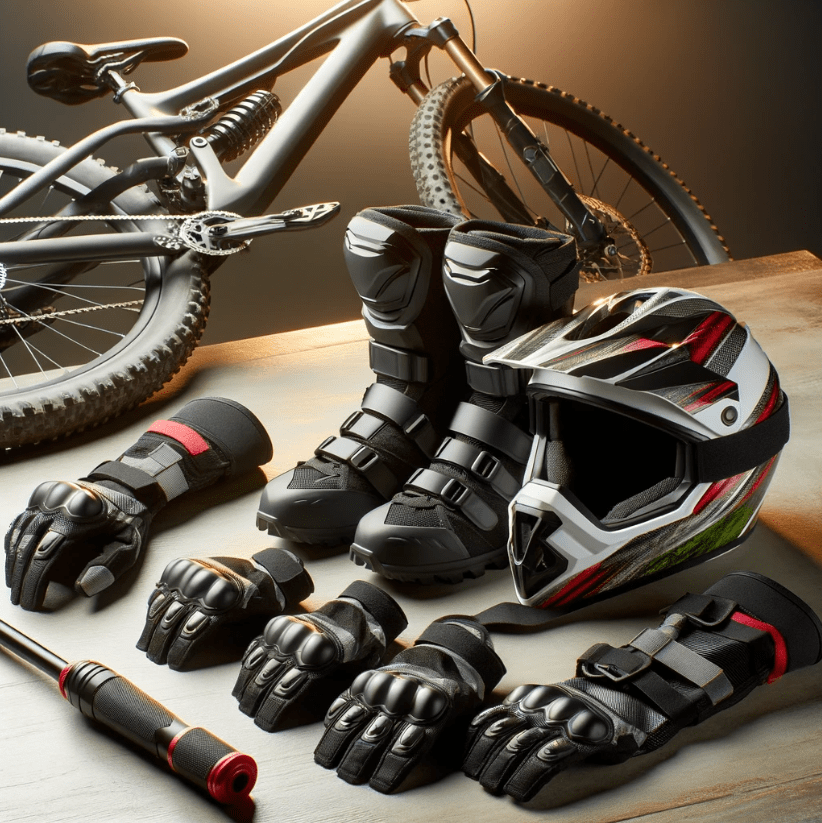
Critical Safety Gear
- Helmet: A properly fitting helmet is not negotiable. Better safety is provided by those having MIPS technology – Multi-directional Impact Protection System.
- Gloves: They protect your hands from developing blisters. They offer a better grip and control and also protect you in case of a fall.
- Knee and Elbow Pads: They are protective gear for the joints that are likely to take impacts and abrasions in case one falls. These are more so important for beginners while advancing their skills.
- Protective Eyewear: Your sunglasses or goggles are your eyes because they protect you from dust, debris, and UV rays while ensuring a clear view of the trails.
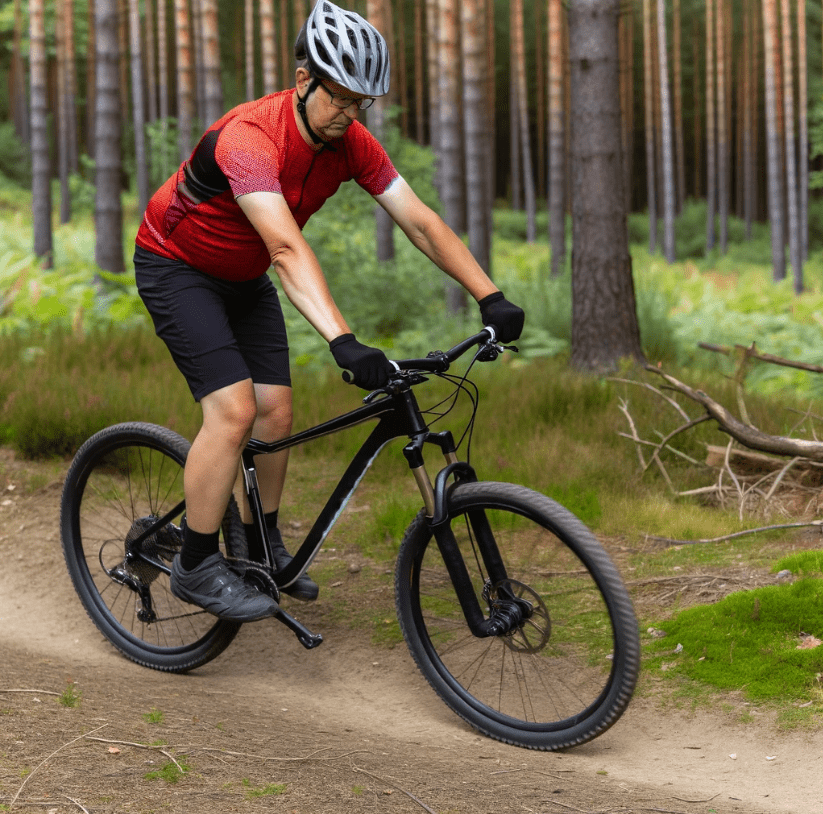
More Gear:
- Hydration Pack: It’s important to stay hydrated during the ride. The pack will help you carry essentials without interfering with your ride.
- First Aid Kit: A small first aid kit can be a lifesaver in case a family member gets minor injuries. Get some bandages, antiseptic wipes, and pain relief.
Master Basic Bike Handling Skills
Before hitting trails, master the basic bike handling skills. These skills improve control, safety, and overall fun while mountain biking.
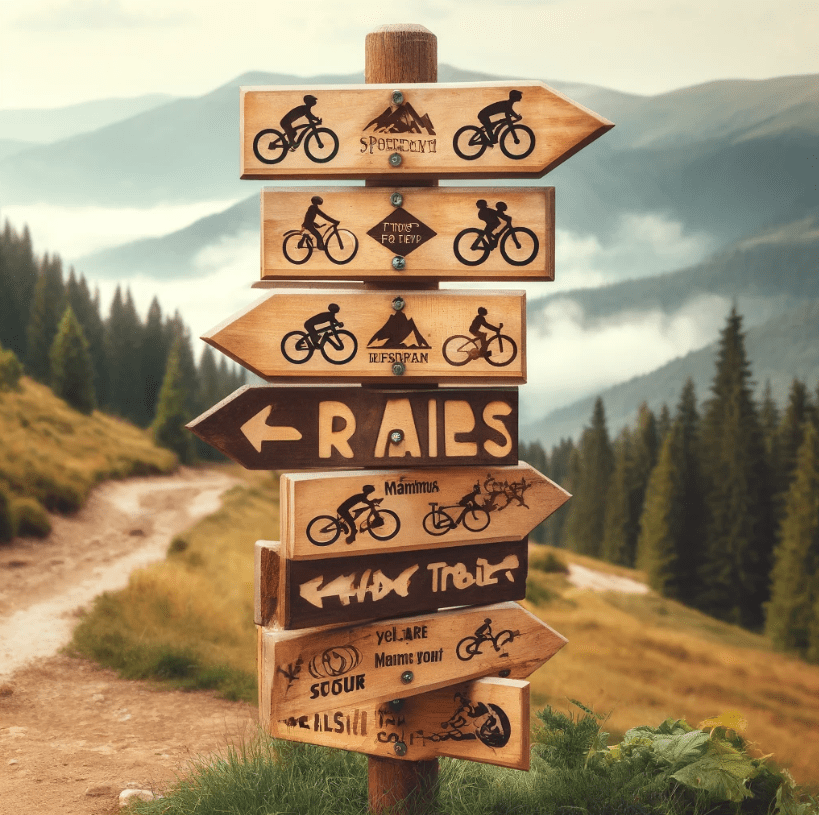
Key Skills to Practice :
- Braking: Learn to use both the front and rear brakes effectively. Learn not to skid and not to lose control with controlled and smooth braking.
- Gear-Shifting: Proper gear use means exerting less energy with better cadence and power output. You learn to ride most efficiently and effectively in this series. Practice shifting gears and pedaling right through the change.
- Body Positioning: Your body will act as a shock absorber if you keep a neutral position, slightly bending at the elbows and knees.
Drills:
- Slow Riding: It is going straight but slow to learn balance and control. It’s quite useful to negotiate technical sections of a trail.
- Cornering: It is turning around corners by leaning your bike into the turns and keeping the body upright. This improves the stability and control of the cornering.
- Descend: Start with gentle slopes. Keep your weight at the rear and your body loose. Progress to narrow descents afterwards.
Be sure that you know your trail etiquette.
All these actions are aimed at giving you and those you share the trail with a great experience. Just be cool and remember, the mountain biking trail gives every user:
- Yielding: To all hikers and uphill travelers. If you are descending downhill, it means you have to give way to those going up.
- Stay on Marked Trails: This means, of course, no new trails and no cutting switchbacks. Stay in the already laid down paths to prevent the environment from damage and prevent erosion.
- Announce your presence: Use a bell, or your voice, to let others know you are coming close. Just a friendly “passing on your left” will keep some frights and mishaps from happening.
Environmental Concerns:
- Leave No Trace: Pack out all trash, including food wrappers and drink cans. Leave the trail in the same condition as when you entered.
- Avoid Wet Trails: One of the most damaging actions to a trail is riding on wet trails. If it’s muddy, consider postponing.
Get Fit
Mountain biking is intense. Getting fit will help your endurance, strength, and overall biking experience.
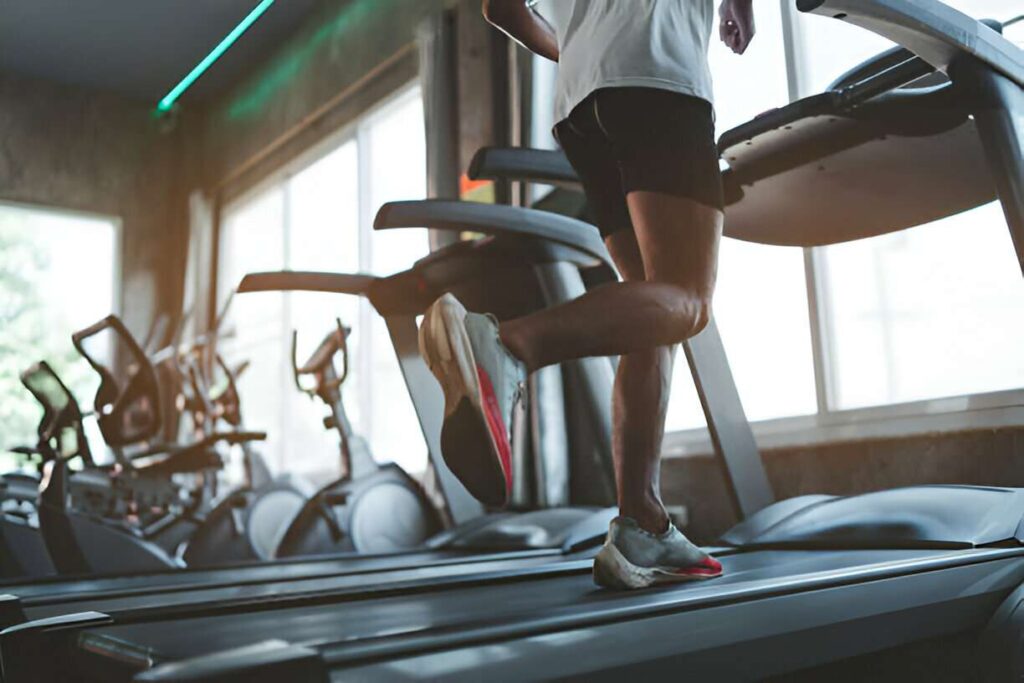
Fitness Tips
Cardiovascular Training: Running, swimming, and cycling will help improve your cardiovascular fitness, which is important for riding over long distances.
- Strength Training: Work on leg, core, and upper body exercises. Squats, lunges, and push-ups are great.
- Flexibility and Balance: Add yoga or stretching exercises. This reduces the chances of getting hurt.
Training Schedule:
- Consistency: Work up at least three workouts weekly, mixed up with some cardio and strength.
- Progress: Progress in the intensity and duration of workout gradually and over time, so that stamina and build-up of strength can happen.
Plan Your Rides
Proper planning guarantees a safe and enjoyable biking experience. Always research and plan for the unpredictable in your trail and forecast for your safety.
Planning Tips:
- Research Trails: Use trail maps and online resources in your discovery of trails that cater to your abilities and experienced riders. Websites like Trailforks provide useful details on trails with reviews from users.
- Check Weather: Be sure to review weather conditions before riding at your location. Do not ride in intense conditions that include heavy rainfall or a thunderstorm.
Inform someone of your intention to bike, the destination, time to return, and routes to take in the unlikely event of any occurrence.
Preparedness In Case of an Emergency
- Take the Basics Along: Carry basic bike repair tools and a first aid kit. Also, carry enough water and snacks to last the biking duration.
- Stay Within Your Limits: Never attempt to go beyond what you can handle. Walk tough sections if necessary, and take a break at times.
Join a Community
Joining a mountain biking community will enhance the experience with support, companionship, and learning from more seasoned riders.
Benefits of a Community:
- Support and Motivation: Riding with others will keep you motivated to saddle up. You will have paired buddies with whom you can share your progress and challenges.
- Learning Curves: Many experienced riders are willing to give tips, sharing knowledge for fast improvement.
- Group Rides and Events: Never know what’s beyond; participating in group rides and events will help you experience all the trails. It allows you to ride beyond what you know by exploring and challenging your limits.
Finding a Community:
- Local Bike Shops: Most shops organize group rides and can help link up with local biking clubs.
- Online Forums and Social Media: Join Facebook or Reddit if you want active mountain biking communities that support finding local groups and attractions.
That’s the most exciting part of starting mountain biking. If you follow through with these beginning mountain biking tips, you really will form a strong base for safe, enjoyable, and rewarding experiences on the trails. 머라마: Practice regularly, stay safe, and most importantly, be happy when riding!
Conclusion
Wasn’t that an awesome list of tips for novice mountain bikers? I was driven to make this guide because mountain biking has been really wonderful and full of adventure for me and I want you to enjoy the same. The above-explained tips ensure a safe, fun, and fulfilling trail ride. I’d love to hear your thoughts. Please share your experiences and any tips you have in the comments below. If this article helped you, share it among your friend circles to let other adventure-seeking biking

